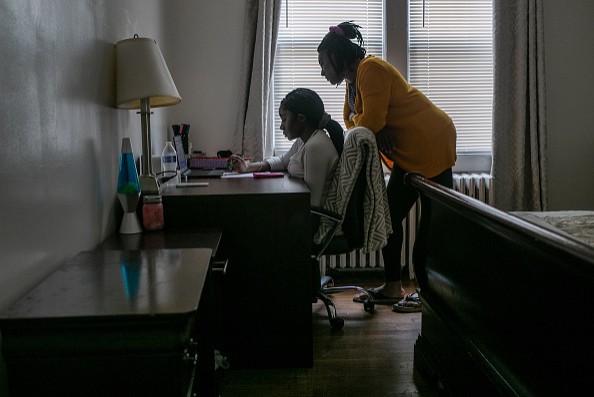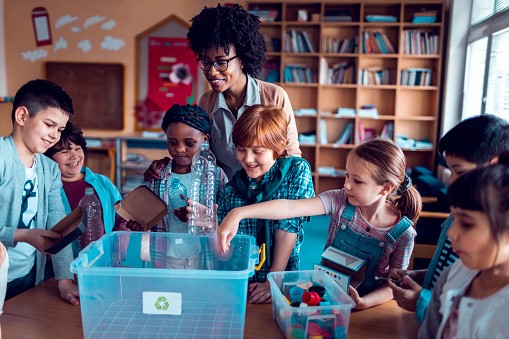Mental health has been one of the biggest topics of this year, and it has popped up in so many discussions as the world tries to live through the pandemic. But among all of the situations where it is linked, one of the most important is distance learning.

Millions upon millions of schoolkids, like everyone else, were forced to continue their studies at home due to the threat of the coronavirus. However, how did the so-called "new normal" fare?
As much as one would want to say it went well enough, it really didn't-more so for children who are members of specific ethnicities, according to the University of Minnesota-Center for Infectious Disease Research and Policy (CIDRAP).
Two Specific Demographics Are The Most-Affected
Distance learning negatively affected the mental health of older children from two distinct demographics: those from low-income, African-American and Hispanic communities, as per a study by the University of Washington at Seattle. The research was published in the JAMA Network Open.
These children appeared to exhibit hyperactivity, as well as emotional, and social issues. There has also been an observed decrease in academic and social development during distance learning.

According to the researchers, the reason these two demographics were the hardest-hit ones is because low-income families tend to struggle supporting their children's distance learning needs.
A lack of so-called "workplace flexibility" and considerable financial resources often means the parents have to work longer hours (not to mention two or even three jobs) to make ends meet. As a result, they are forced to leave the kids at home to continue their studies on their own, which has obvious effects on the youngsters' mental health situation.
Read Also : AI Startups to Follow For Mental Health Care
It's All About The Environment
Before the pandemic, almost every single academic activity happened at school. This specific environment, as per an article by the American Psychological Association, is considered critical for studying and socialization motivation. Furthermore, a lot of these students also rely on school-based help with their mental health-which they now no longer have physical access to.
With the lack of a study-friendly environment that focuses on using social interaction to learn (i.e. study groups, asking friends for help with homework, etc), kids have an obvious trouble trying to adjust since they're now on their own.

According to the Intercultural Development Research Association (IDRA), this situation wreaks havoc by ensuring that school-related stress now "knows no bounds." Children can no longer kick back and relax at home after classes because the home is also the school.
Aside from having to deal with their own academics, kids will also need to juggle other tasks like household chores, caring for younger siblings (if they have any), and worst of it all, poor internet connection. One can only imagine how hard it is for a young mind to deal with all of these stressors at once.
Declining Mental Health And Distance Learning: The Lowdown
With all these in mind, it is safe to say that distance learning has taken a heavy toll on the youth during the pandemic. There haven't been a lot of good things about the situation, but the world is healing. Perhaps it is only a matter of time before things finally return to pre-pandemic normal, should all efforts to deal with the coronavirus bear fruit.
This article is owned by Tech Times
Written by RJ Pierce
ⓒ 2025 TECHTIMES.com All rights reserved. Do not reproduce without permission.




